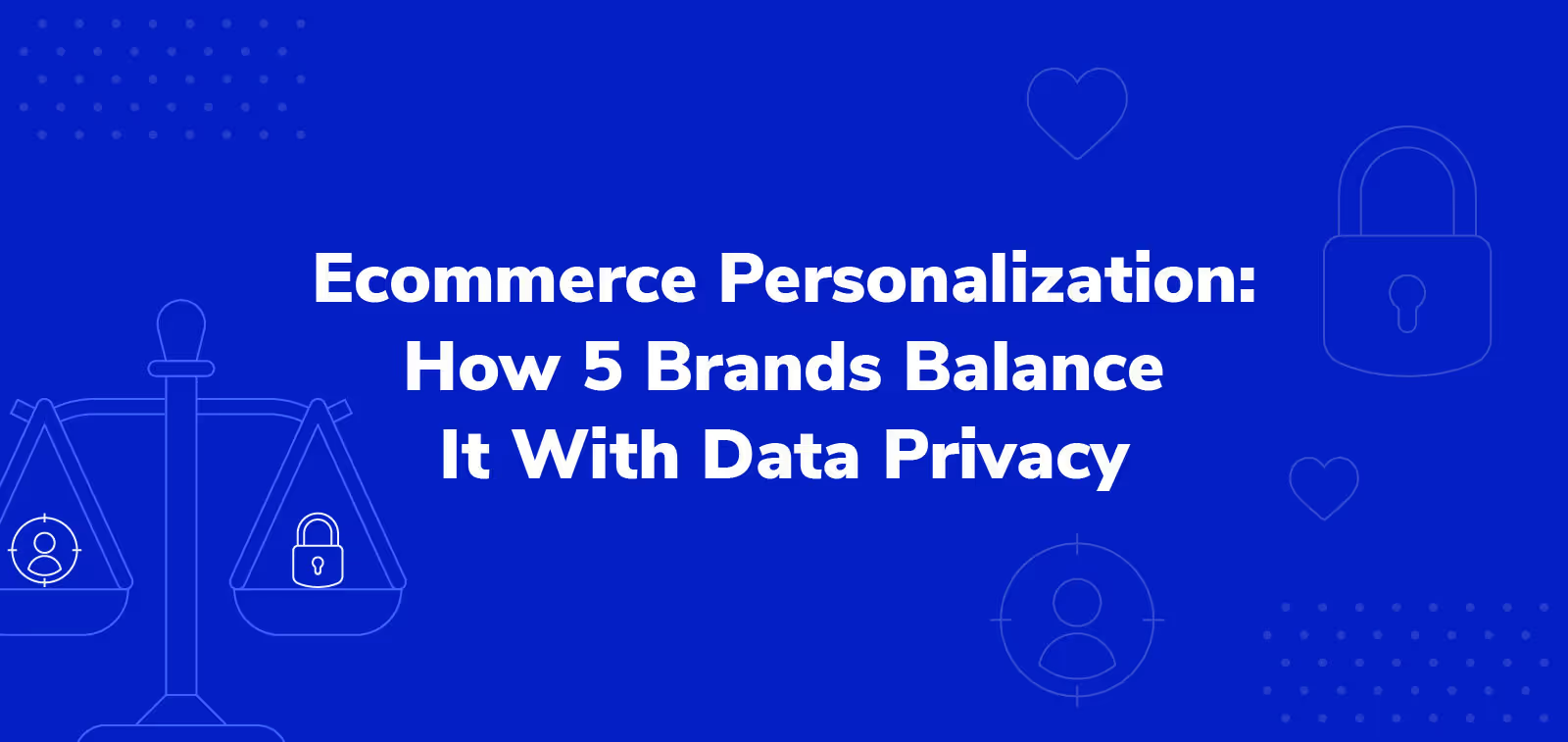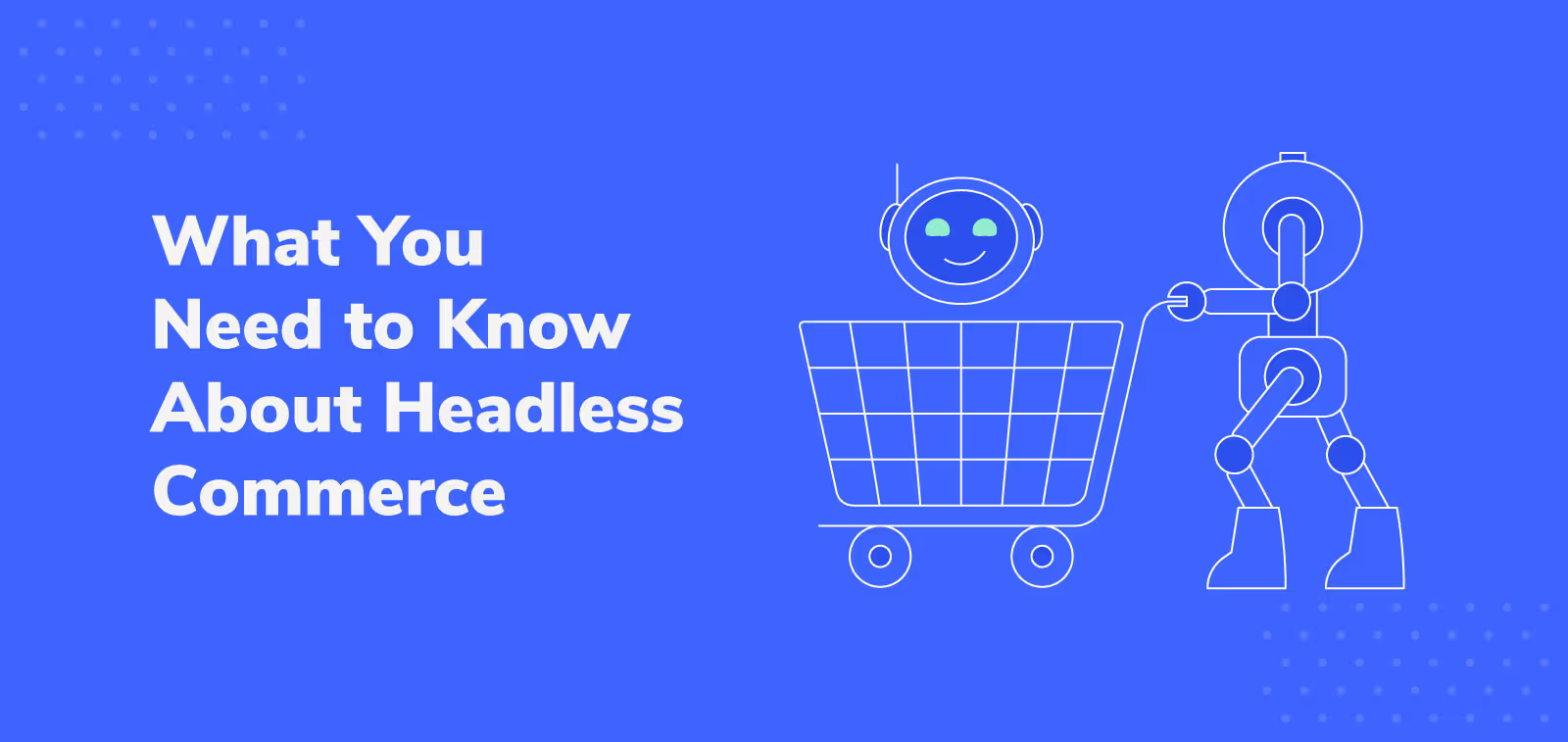4 Major Customer Service Challenges Merchants Still Face + How to Deal With Them

Customer service challenges are marketing challenges.
Marketing’s ultimate goal is to create lasting connections with your customer base. But it’s rare to forge these connections from quality products or services alone. Moreover, it’s hard to stand out in a competitive market when most merchants already have those.
The most lasting connections often take root after the purchase, when a customer contacts you about an issue like returning an item or filing a claim for a stolen package.
If you don’t have the personnel or technology to meet customer expectations quickly and efficiently, any hint of a connection will be lost.
And since 47% of US consumers base their brand loyalty on exceptional service, according to a 2023 Emarsys study, it’s crucial to address the following four challenges today.
Keep reading to learn how to tackle these challenges, as well as how product and shipping protection from Extend can enhance your support process and the overall customer experience.
Challenge #1: Choosing the best customer service software for your business
Among the biggest customer service challenges for merchants is selecting the software that receives, sorts, stores, and analyzes support tickets. Because it’s expensive and time-consuming to vet options and train team members to use the platform you select, it’s critical to get it right the first time.
Before you start booking demos with software providers, make a list of your support teams’ pain points. Without the right tools to address one or more of those concerns, the software is unlikely to be a good fit. You might also consider the following:
Artificial Intelligence
Artificial intelligence lightens the workloads of customer service reps. Operating mainly through a chatbot and often resembling live chat, AI offers solutions to increasingly complex issues.
But when a software provider touts their “AI-powered chatbot,” ask them to clarify just how intelligent their chatbot is. They might answer in one of three ways:
- Some chatbots pull responses from a script you must create and continually update. As you might expect, these frequent updates are time-consuming.
- Software providers like UltimateGPT analyze “your existing help center” to help chatbots “provide accurate responses.” But what if your help center doesn’t have enough information to cover all customer needs?
- Zendesk takes their chatbots, or “AI agents,” a step further. These agents are “pre-trained on over 18 billion real interactions to handle complex requests and grasp the nuances of CX from day one—no technical resources required.” These data points come from Zendesk’s thousands of clients and likely include solutions not found in your help center.
Any of the above solutions might be perfect for your business depending on your size, budget, and frequency of support requests. Whichever you choose, don’t assume that a chatbot will always generate the right answer.
Integrations
Integrations with key communication channels like social media platforms and your ecommerce store can make customer support software more powerful.
Suppose you have an active Instagram community that routinely sends support customer queries via direct message. What if you could respond to these messages from your help desk, as well as see that customer’s entire support history for better context?
You would reduce the risk of missing a message, plus the better context will save you and the customer time.
Add a Shopify integration, and you can quickly pull up that Instagram follower’s order, edit or refund it, and send a confirmation without leaving your help desk.
Software providers like Gorgias offer such pre-built integrations, while other providers may require you to build them yourself using their API. Be sure to bring an inventory of your business tools to any software demo and make sure needed integrations are available.

And if you want to add shipping or product protection from Extend, no integration is necessary. Claims go directly through Extend’s platform, starting with online assistant Kaley.

Analytics
Without analytics, it’s impossible to measure how well your support software is helping customers find solutions. Before you wrap up any software demo, make sure you have answers to these questions:
- Is the software able to create custom analytics reports that cater to my unique business needs?
- Is the software able to calculate key metrics and display them in an easily digestible and shareable dashboard?
Here are three of those key metrics. They monitor the success of your agents and chatbot, as well as the satisfaction of your customers after they interact with these touchpoints.
Average resolution time (ART)
This metric measures the average time spent by support agents solving all tickets in a given time frame. The software should be able to create metrics for the support team as a whole and for individual agents.
ARTs that exceed your success benchmark most likely signal a need for better agent training.
Human takeover rate (HTR)
When chatbots can’t handle issues, they escalate them to human agents. HTR measures how often this happens in a given time frame.
Rising HTRs mean your agents are handling more tickets than usual, which also means that customers may be experiencing slow response times.
CSAT
CSAT measures customer satisfaction, the most important metric your software should measure. A CSAT survey goes out to customers once their support session ends. It asks one question: “How satisfied are you with your support experience?” Customers rank their satisfaction on a scale of one (worst) to ten (best).
High ARTs and HTRs can lower CSAT scores.
Challenge #2: Labor forecasting
Some customer service challenges still require a human — not a chatbot — to solve. But since labor is an enormous expense for any business, you don’t want to hire more agents than you need.
You also don’t want to overwork existing agents, which leads to frequent turnover and a poor customer experience.
Forecast the right number of agents by following these steps.
Take a closer look at the number of past tickets requiring human intervention.
Once you have a rough estimate, ask yourself these questions:
- Does the number surge during certain times of the year, like the week of Valentine’s Day or the month of December?
- If so, did CSAT scores drop during these times?
A noticeable drop in CSAT scores is a good indication that either you didn’t have enough agents at peak times, or they weren’t sufficiently trained.
Understand your agents’ workload capacity.
Calculate agent capacity with these metrics. (Your software should be able to calculate them for you.)
- The number of tickets a human agent is able to handle in the average workday. Suppose they can handle 45 tickets daily.
- The growth rate in tickets since you began keeping track. If your business is growing, your ticket count is likely growing too. Maybe this number is 10%.
Use these figures to forecast agent headcount from the projected ticket volume.
Say you project 3,000 tickets for your customer support team during the upcoming December holiday rush. Assuming an agent capacity of 45 tickets per day, here’s the equation to estimate labor needs:
45 tickets per agent per day x 5 days per week x 4.3 weeks per month = 967 tickets
3,000 tickets / 967 tickets per agent = 3.1 agents
When you get numbers like 3.1, always round up. With four agents, you’ll be able to handle unexpected situations like sick days.
And if it’s difficult to find seasonal agents, consider outsourcing your additional support needs to companies like Helpware.
Finally, if you work with Extend, you won’t need to factor possible surges in product and shipping protection claims into your labor forecasting. Extend has its own support team and online assistant to handle claims.
Challenge #3: Making time for support teams’ continuing education
The best customer service agents possess two traits: a sense of empathy and a thorough understanding of their company’s products and services. But say your company constantly rolls out new products or makes frequent tweaks to your return policy or customer loyalty program.
The challenge is giving teams time to absorb new information without sacrificing day-to-day customer care. Get ahead of this challenge by following these steps:
Build continuing education into agents’ weekly schedules.
Suppose you employ four full-time support agents and want to give each of them four hours of continuing education time per month. Your weekly schedule would look something like this:
- Agent #1 gets two hours the first and third Wednesdays of the month, while Agent #2 fills in for #1 during the selected hours.
- Agent #2 gets the second and fourth Wednesdays, with Agent #1 filling in.
- Agents #3 and #4 get different days of the week, filling in for each other when needed.
During peak service times, of course, continuing education won’t take place.
Make it easy for support teams to access training materials.
It’s never been easier to digitize training modules, whether the topic is handling angry customers or how to incentivize customers to join your loyalty program. Customer service teams can access this knowledge base from their phones, tablets, or laptops.
Software like TalentLMS lets you create your own training modules, gamify them if appropriate, and monitor agents’ progress on them.
Enlist the help of product and design teams.
Those best qualified to teach your agents about new products are the ones who designed or built them. Schedule agent training around product team members’ availability so agents can get deeper insights that will help them better guide customers.
And if you’ve added Extend Product or Shipping Protection, Extend has a wealth of resources designed to help your agents explain the value this protection offers.
Challenge #4: Excessive claim- and shipping-related inquiries
When a product breaks, gets stolen, or is lost during delivery, a customer’s first impulse is to contact support. Many customers, though, don’t realize that merchants usually hand off claim- and shipping-related concerns to third parties like FedEx.
This “handing off” can — but doesn’t have to — be a negative experience.
Suppose you fail to prepare customers for these hand-offs at the point of sale, or don’t give them pre-purchase options for dealing with accidental damage or package theft. If they experience a loss, and you say, “We can’t help you,” you’ll leave them with feelings of powerlessness and resentment toward your brand.
Online retailer Jomashop eliminates this source of customer frustration by serving a popup before checkout containing information about Extend Product Protection plans.

Another retailer, Felix Gray, includes information about Extend Product and Shipping Protection in its Help Center FAQ. (An ADH Protection Plan is product protection that covers accidental damage from handling.)

Extend’s resources, which include helpful popups, direct customers to contact Extend directly in the event of a loss. Now merchants like Jomashop and Felix Gray won’t have to deal with claim-related customer inquiries. They’ve saved their customers — and their support teams — time and energy.
Overcome customer service challenges with Extend
Extend’s superior customer service will immediately forge connections with your customers. And it takes minimal development time to integrate Extend if you’re a Shopify or BigCommerce customer.
Even as you work to improve your own support operations, customers are likely to credit your brand with the seamless claim-resolution experience Extend offers. Not to mention the peace of mind customers experience when they know you have their back when a package gets lost or a new product accidentally breaks.
Schedule a demo today to learn more about the improved customer experience Extend can offer your brand.
Aaron Sullivan is senior content marketing manager at Extend. He specializes in writing about e-commerce, finance, entertainment, and beer.
.svg)












































.avif)











